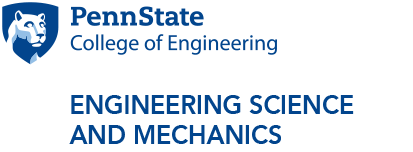Evolution of a solution: Vacuum surface flashover and the microstack
Abstract: Surface flashover has long plagued high voltage and high power radio frequency (HPRF) system design and is widely acknowledged as the predominant failure point. Coaxial geometries – where the cathode (K) is the inner conductor are advantageous because of symmetry and closed geometry confines the electric fields. However, the coaxial geometry also presents a significant challenge because the logarithmic variation of the electric field results in the application of a large factor-of-safety. This is easily achieved in system sections where the coaxial power flow is insulated with vacuum or high withhold-strength transformer oil. The weak point for failure by surface flashover occurs at the insulating barrier between these two at the vacuum/ dielectric interface. In this presentation, the prevailing theory of surface flashover initiation will be discussed as well as the deficiencies with the intermediate solutions. The evolution of the radial insulator into a radial microstack for enhanced system reliability described. Finally, a figure-of-merit was introduced to clearly describe success.
Bio: Jane M. Lehr received a Bachelor of Engineering (1985) in Engineering Physics from the Stevens Institute of Technology and the M.S. (1988) and Ph.D. (1996) in Electrical Engineering from New York University. Professor Lehr is the Director of the Center for Engineered Resilience and Ecological Sustainability (CERES) a multidisciplinary research unit within the School of Engineering at the University of New Mexico where she is also a full Professor in the Electrical Engineering Department. Prior to joining UNM, she was a Research Scientist at Sandia National Laboratories and a Senior Research Engineer at the Air Force Research Laboratory’s Directed Energy Directorate. Dr. Lehr’s research interests are the physics and applications of high voltage, transient plasmas and high power electromagnetics and related topics.
Dr. Lehr served as President of the IEEE Nuclear and Plasma Sciences Society in 2007/8 and remains part of its Executive Committee. She has served as an Associate Editor for the IEEE Transactions on Dielectrics and Electrical Insulation, Guest Editor for the IEEE Transactions on Plasma Science and three years on the IEEE Technical Activities Board Publications Committee and spent a decade as the Chair of the IEEE NPSS Fellow Evaluation Committee. In addition, she serves on numerous national committees. Dr. Lehr was the 2001 recipient of the Air Force Basic Research Award and the IEEE Region 6 Award for Leadership of the Albuquerque Chapter. She was named an Outstanding Woman of New Mexico and in an inductee into the New Mexico Hall of Fame. She is a fellow of the IEEE.
Additional Information:
For Zoom link and password, please contact Lisa Spicer at lms8@psu.edu
Media Contact: Lisa Spicer



